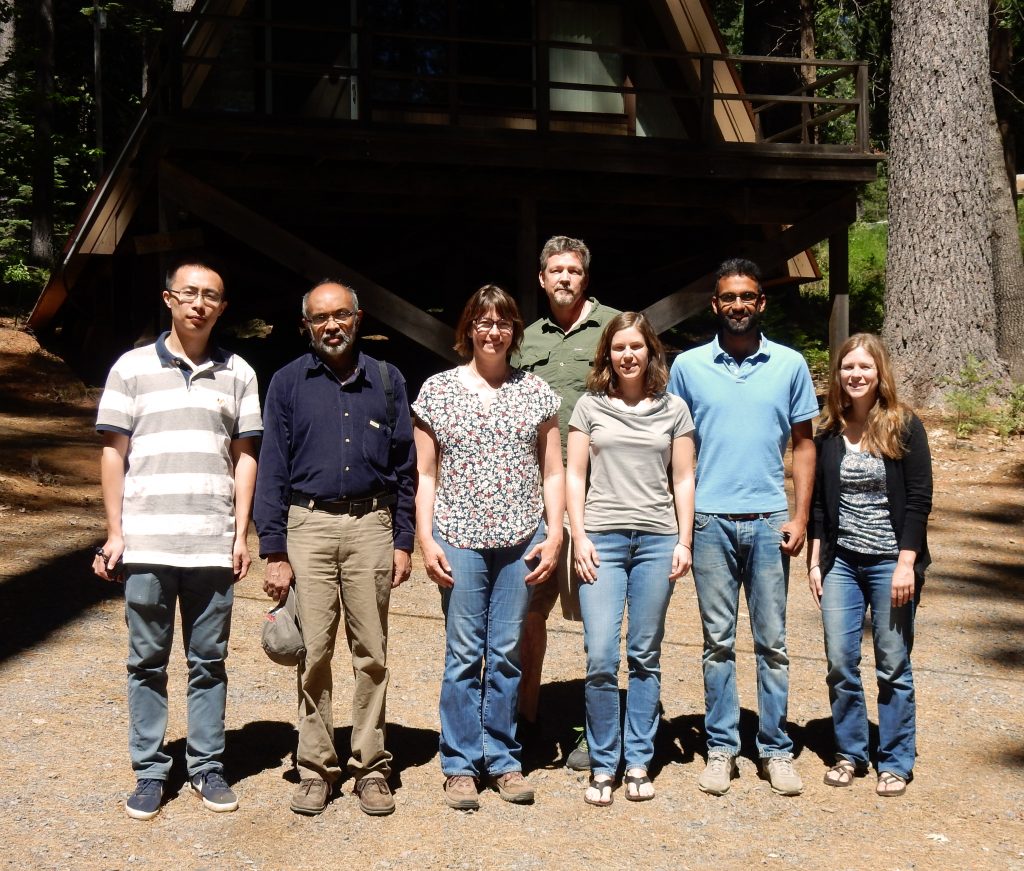Insects make up much of the animal life on Earth and understanding why they are so diverse and successful is fundamental to understanding biodiversity. Insects are well known for producing many different chemical compounds that are essential for their communication. Some chemicals allow them to locate mates, others allow them to organize activities within the nest or hive, and many others protect insects from predators. This project is taking the first in-depth look into molecular evolution of one of the most remarkable chemical defense systems found in nature – the explosive, hot spray of the bombardier beetles. This project will test a hypothesis as to how the bombardier evolved this ability.

Ground beetles and their relatives form the largest clade of organisms that use a single homologous gland system to produce no less than 19 distinct classes of chemical compounds for defense. This project will develop a detailed functional and evolutionary understanding of defensive chemistry evolution by focusing on species from the four lineages of quinone producing carabid beetles, including species commonly known as the bombardier beetles, which chemically blast their defensive quinones at extremely hot temperatures (up to 100° C). Using a multidisciplinary approach, this project will identify genes involved in quinone production, elucidate chemical biosynthetic pathways, and describe the genetic architecture of quinone evolution. From gland-specific transcripts candidate genes related to the production of defensive secretions will be identified and gene function will be validated experimentally by blocking gene transcription and looking phenotypic changes in compounds produced. We will test the hypothesis that the genes up-regulated in secretory cells during quinone synthesis are closely related to those involved in quinone production in arthropod cuticle. Thus the project will empirically address the well-known, but untested, scenario of how the bombardier beetle evolved its explosive defense abilities. Ultimately, this project will explore the how genetics and chemistry can interact over time and will reveal insights into the fundamental process of evolution. With the bombardier beetle as a model, the project will help develop elementary school level lesson plans on topics in chemical ecology and biological chemical defense evolution that will reinforce the Next Generation Science Standards. Additional outreach materials including a children’s book and web-based resources will be produced that target the prevalent misinformation about bombardier beetle evolution found online.
